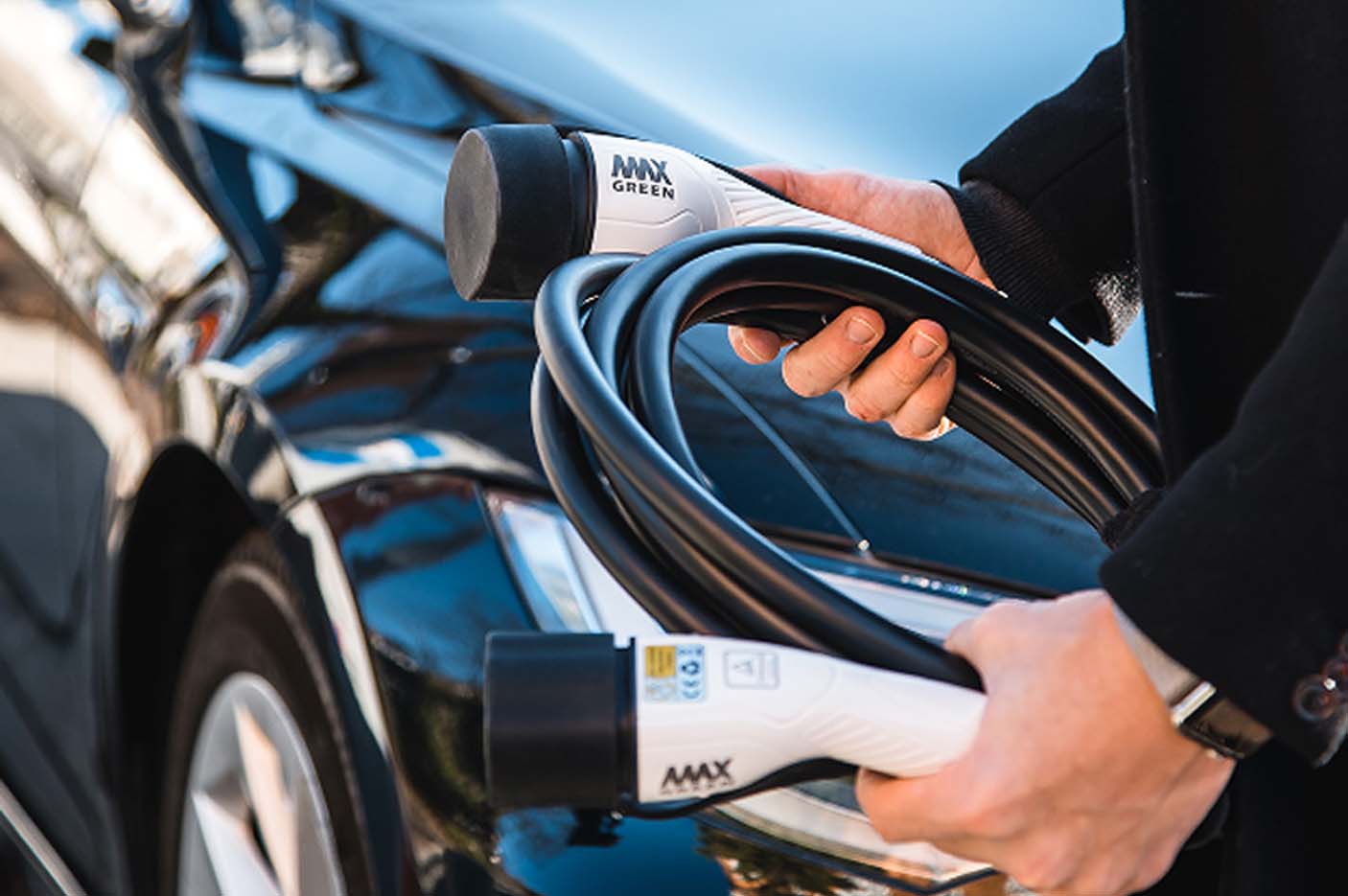As the automotive industry shifts towards electric vehicles (EVs) in response to environmental concerns and technological advancements, understanding the intricacies of EV charging becomes increasingly crucial. In this comprehensive guide, we will delve into the nuances of Level 1 and Level 2 charging standards, exploring their differences, benefits, and practical applications in the realm of EV ownership.
Understanding EV Charging Levels.
Level 1 Charging:
Level 1 charging represents the most basic form of EV charging, utilizing a standard household outlet that delivers 120 volts of power. While Level 1 charging offers the convenience of plugging into any available outlet, its charging speed is relatively slow. Typically, Level 1 chargers provide a charging rate of 2-5 miles of range per hour, making them suitable for overnight charging scenarios where time is less critical. Despite its limitations, Level 1 charging serves as a practical starting point for EV owners, ensuring that their vehicles are adequately charged for daily use.
Level 2 Charging:
Level 2 chargers, on the other hand, operate at a higher voltage of 240 volts, significantly increasing charging speed compared to Level 1 chargers. With Level 2 charging, EV owners can expect to add anywhere from 10 to 60 miles of range per hour, depending on factors such as the vehicle's battery capacity and the charger's power output. This enhanced charging capability makes Level 2 chargers ideal for daily charging needs, whether at home, the workplace, or public charging stations. Moreover, Level 2 chargers often come equipped with additional features such as scheduling capabilities and connectivity options, providing EV owners with greater flexibility and control over their charging experience.
Exploring Charging Standards: Type 1 vs. Type 2
Type 1 Charging Standard:

Type 1 connectors, also known as SAE J1772 connectors, are prevalent in North America and are commonly associated with Level 1 and Level 2 charging solutions. Featuring a single-phase AC charging standard, Type 1 connectors are compatible with a wide range of EV models, including popular ones like the Nissan Leaf and Chevrolet Bolt EV. Their simplicity and widespread adoption make them a trusted choice for many EV owners across the continent. While Type 1 connectors have served as the standard for EV charging in North America for many years, they are gradually being supplanted by Type 2 connectors in other parts of the world due to their enhanced capabilities and versatility.
Type 2 Charging Standard:

Type 2 connectors have gained prominence in Europe and other regions as the primary charging standard for EVs. Offering increased versatility, Type 2 connectors support both single-phase and three-phase AC charging, as well as DC fast charging, making them compatible with a broader array of charging infrastructure. With their ergonomic design and robust compatibility, Type 2 connectors have become the standard bearer for the next generation of EV charging solutions. In addition to their compatibility with a wide range of charging stations, Type 2 connectors often feature additional safety features such as communication protocols that enable smart charging functionalities, enhancing the overall charging experience for EV owners.
Choosing the Right Charger for Your Needs.
Factors to Consider:
When selecting between Level 1 and Level 2 chargers, several factors come into play. Firstly, consider your vehicle's compatibility with the charging standard – ensure that your EV's port type aligns with the charger you're considering. Next, evaluate your charging speed requirements – if you have a long daily commute or frequently undertake road trips, a Level 2 charger may better suit your needs. Additionally, consider factors such as installation requirements and potential costs associated with Level 2 chargers, especially if you're considering a home charging setup. While Level 2 chargers offer faster charging speeds and greater convenience, they may require professional installation and incur higher upfront costs compared to Level 1 chargers. However, for many EV owners, the benefits of Level 2 charging outweigh the initial investment, providing peace of mind and reliability for years to come.
-
As the EV revolution continues to gather momentum, understanding the nuances of EV charging standards is paramount for maximizing the convenience and efficiency of electric vehicle ownership. By mastering the differences between Level 1 and Level 2 chargers, as well as the intricacies of Type 1 and Type 2 charging standards, EV owners can make informed decisions when it comes to selecting the right charging solution for their needs. Whether opting for the simplicity of Level 1 charging or the enhanced capabilities of Level 2 charging, one thing remains clear – the future of mobility is electric, and the journey begins with a full charge.
In this guide, we've explored the fundamentals of EV charging, empowering EV owners to navigate the charging landscape with confidence. By choosing the right charger and leveraging Level 1 and Level 2 solutions, EV owners can unlock the full potential of their electric vehicles, driving towards a sustainable future for all.


